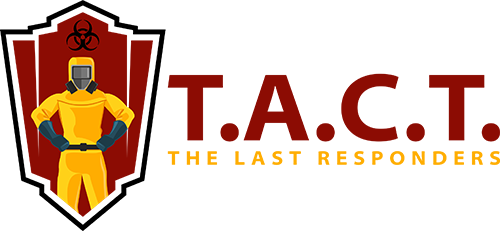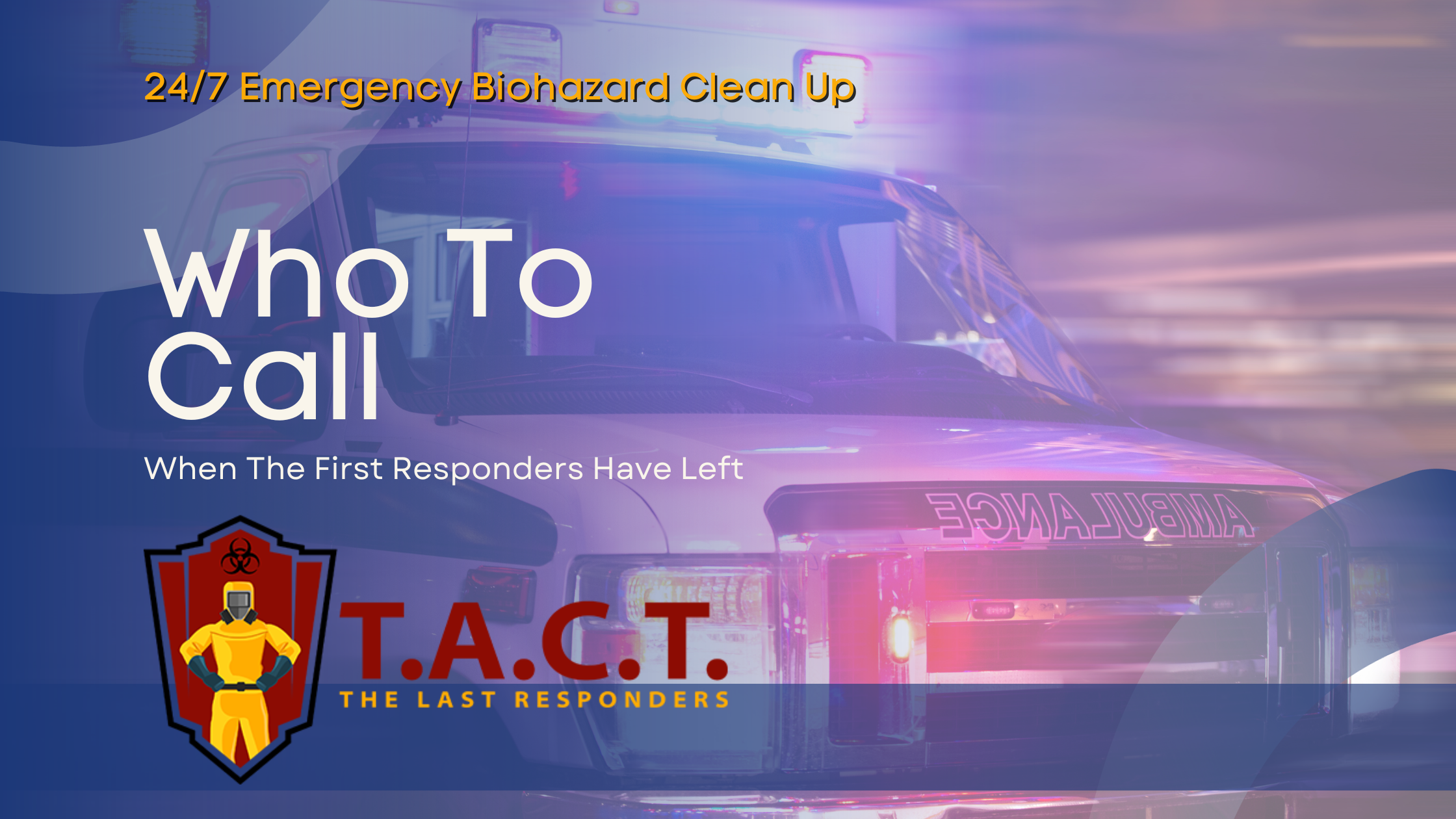Essential Steps for Compassionate Hoarding Cleanup
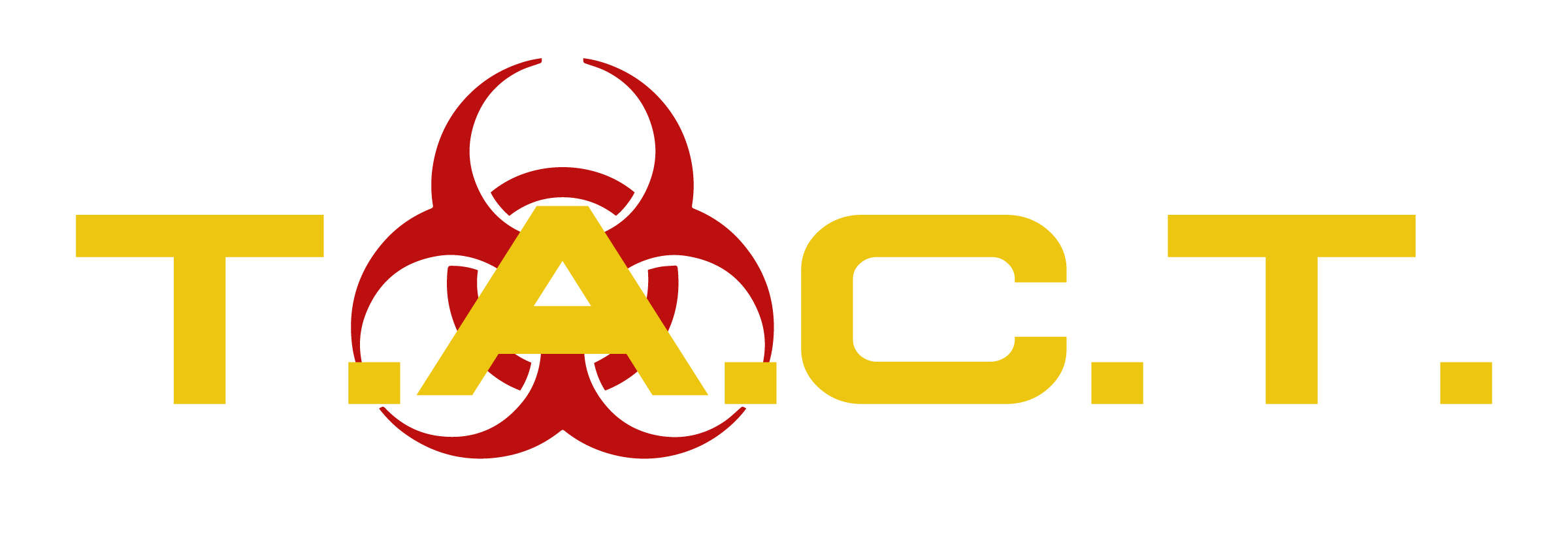
Essential Steps to Clean Up Hoarding Effectively and Compassionately
Hoarding cleanup is a sensitive and challenging process, often overwhelming for individuals and families. If you're reading this, it’s likely that you or someone you care about is in need of support to regain control of a cluttered and potentially unsafe living situation. This guide is here to help you approach the process with understanding, a clear plan, and a compassionate mindset.
From preparing for the cleanup to when to involve professionals, this article walks you through essential steps to manage hoarding cleanup in a safe and respectful way.
Understanding Hoarding Disorder
Cleaning up a hoarding situation starts with understanding the underlying issue—hoarding disorder.
What is hoarding disorder?
Hoarding disorder is a mental health condition characterized by persistent difficulty parting with possessions, regardless of their value. This behavior stems from a perceived need to save items and significant distress at the thought of discarding them.
Why is hoarding hazardous?
Cluttered spaces can create dangerous living conditions. Risks include fire hazards, poor hygiene due to spoiled food or pests, and restricted access to bathrooms, hallways, or exit points.
Mental health connection:
Hoarding is classified as an anxiety disorder, having been recognized as a distinct mental illness in 2013. The causes often include experiences such as generalized anxiety, traumatic life events, or misplaced emotional attachment to possessions.
By recognizing hoarding as a disorder, it’s easier to approach the cleanup with empathy and compassion, rather than judgment.
Preparing for Hoarding Cleanup
The first step in tackling a hoarding situation is careful preparation. This is no ordinary house cleaning—it requires a thoughtful and methodical approach.
Assess the situation:
Take stock of the space you need to clean. How severe is the clutter? Are there health hazards present, such as mold, spoiled food, or sharp objects? Set realistic goals about what can be accomplished and create a timeline for the cleanup.
Gather necessary supplies:
Some essential items include heavy-duty trash bags, cleaning agents, gloves, masks, a first aid kit, and even boxes for sorting. Additionally, consider arranging a dumpster or hauling service early on if there will be a significant amount of debris.
Designate a staging area:
Set up a nearby space where items can be sorted into categories—donate, sell, recycle, discard.
Locate donation centers:
Find local charities or donation centers willing to accept items in good condition. Be sure to check their policies in advance.
Taking these preparatory steps ensures that you’re ready to begin without constant interruptions.
Effective Cleanup Strategies
Cleaning an excessively cluttered home requires a strategic, incremental approach to avoid burnout and ensure progress.
Start small:
Tackle manageable areas first, such as a single room or section. The sense of accomplishment will motivate you to continue.
Sort items into categories:
Organize items by creating separate sections for things to donate, sell, recycle, or discard. Cardboard boxes or labeled bins work well for this purpose.
Enlist professional help if needed:
If the task feels overwhelming, consider hiring a professional organizer or consulting with a therapist who specializes in hoarding issues. Their expertise can offer guidance and emotional support throughout the process.
Safety Precautions and Considerations
Safety is paramount during a hoarding cleanup. You’re likely to encounter various health hazards and should take appropriate precautions.
Wear protective gear:
Gloves and face masks are crucial for dealing with debris, mold, or pests. Sturdy shoes are also essential to avoid injuries from sharp objects or unstable surfaces.
Be vigilant about hazards:
Common dangers include broken glass, rusty nails, chemicals, and spoiled food. If the environment feels unsafe, don’t hesitate to hire trained professionals.
Take breaks:
The emotional toll of cleanup can be as intense as the physical effort. Regular breaks are necessary to recharge and avoid exhaustion.
Professionals trained in cleaning environments with biohazards or severe clutter can reduce risks when tackling especially challenging areas.
When to Seek Professional Help
Knowing when to ask for professional assistance is critical to ensuring a safe and effective cleanup.
You should consider hiring professional services if any of the following situations apply:
The clutter or hoarding situation feels too overwhelming to manage alone.
Health hazards such as mold, pests, or biohazard conditions (e.g., animal waste) are present.
The individual with hoarding disorder resists cleanup efforts or has a strong emotional attachment to the items.
There are large amounts of debris that require specialized equipment or disposal methods.
Professional organizers, junk removal experts, and hazardous material cleanup specialists can provide the expertise to tackle these extreme cases.
Maintaining a Clutter-Free Space
Cleaning up is only the beginning. Establishing routines and organizational systems is key to preventing recurring clutter.
Create a maintenance routine:
Daily or weekly cleaning schedules will keep clutter at bay and prevent it from accumulating again.
Use storage solutions:
Invest in labeled bins, shelving, or containers to keep items organized and easily accessible.
Regularly reevaluate possessions:
Implement rules like the “one in, one out” system—if you buy a new item, an old one must be donated or discarded.
Consider ongoing support:
Professional cleaning services or organizers can provide regular check-ins to support long-term efforts in maintaining a clutter-free space.
The Cleanup Process: What to Expect
The cleanup process can be challenging but rewarding.
It’s vital to maintain patience and set realistic expectations. You may encounter emotionally charged situations, unanticipated hazards, or delays. Work at your own pace and prioritize the safety and well-being of everyone involved.
Seek emotional support if needed—whether through a therapist, support group, or understanding family members.
Additional Resources and Support
If you or a loved one are affected by hoarding, the following resources may prove helpful:
National Alliance on Mental Illness (NAMI): Provides support and resources for individuals living with hoarding disorder and other mental health conditions.
Professional Organizers in Canada (POC): Offers connections to professional organizers equipped to handle extreme cleaning situations.
Local cleaning services or junk removal companies: Can offer hands-on assistance with disposal and hazardous waste removal.
Reclaim Safety and Peace of Mind
Effectively dealing with hoarding is about more than cleaning a home—it’s about restoring safety, comfort, and peace of mind. Approach the cleanup process with sensitivity and a well-thought-out plan, and don’t hesitate to seek professional help when necessary.
By maintaining an empathetic and organized effort, you’ll be able to create a healthier and safer environment for everyone involved.
If you’re feeling overwhelmed, connect with trusted experts who can guide you through every step of the process. Your first step towards reclaiming your space begins today.
Latest news
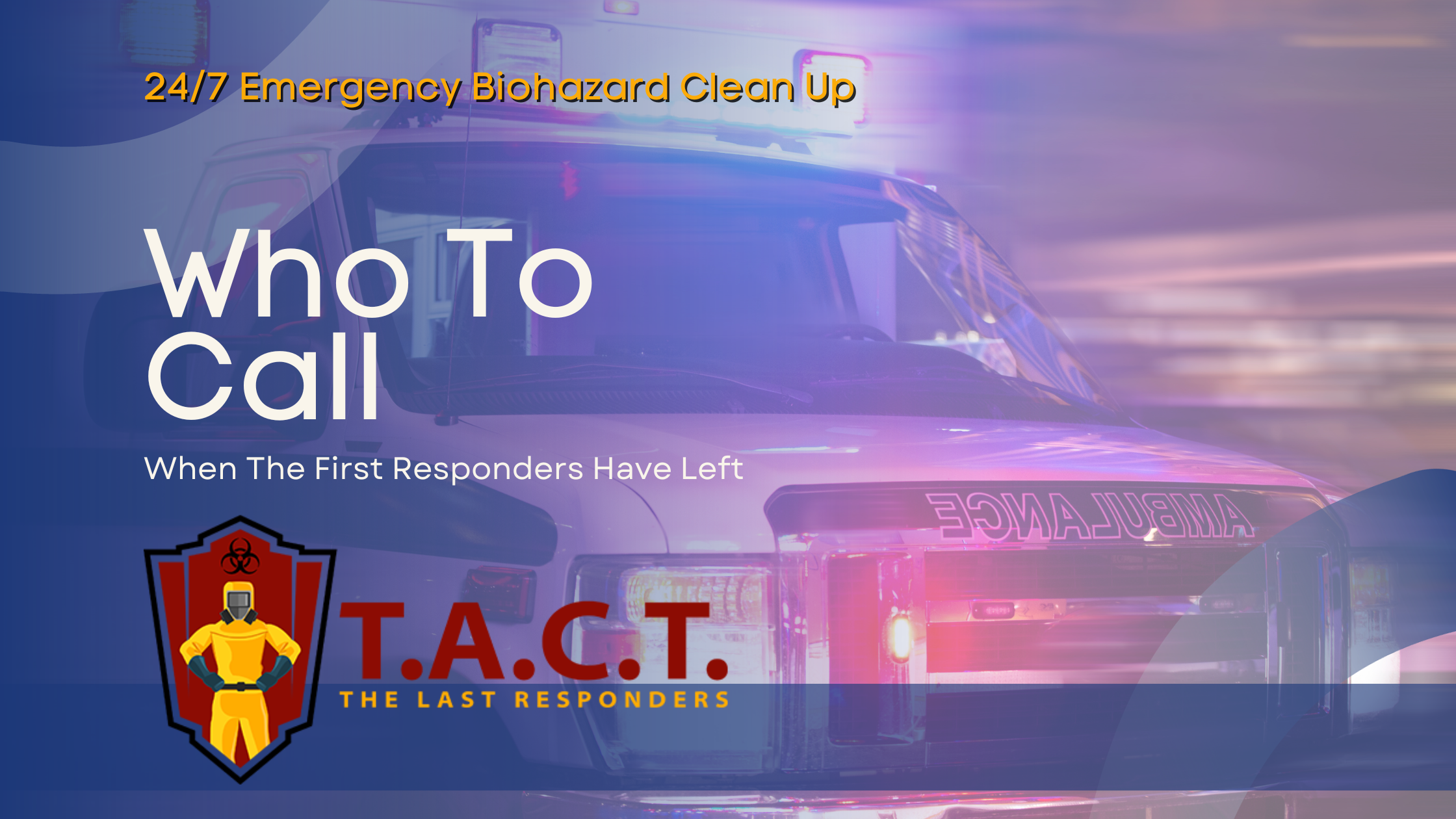
Bio Cleaning Services
Read More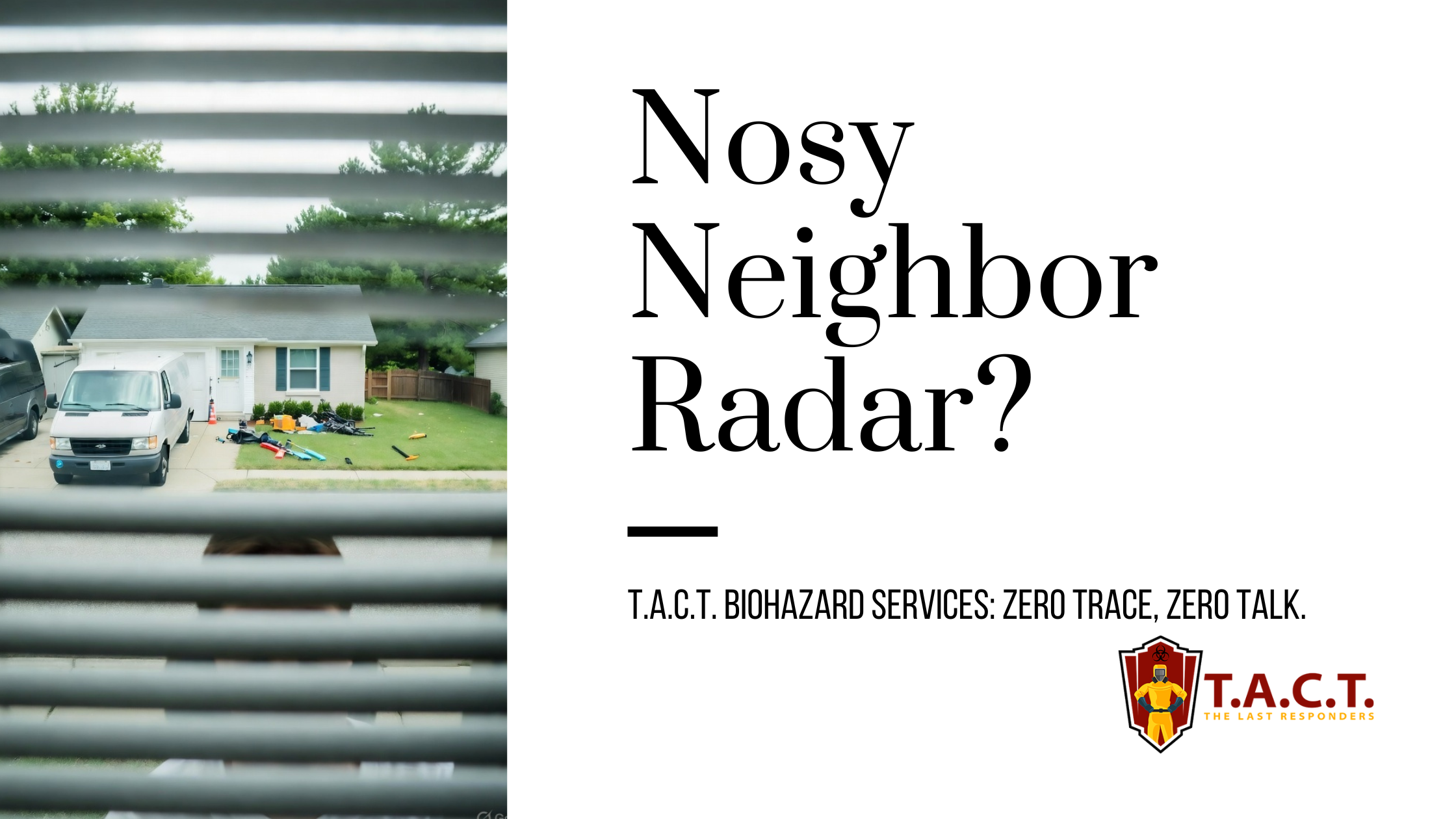
Nosy neighbors peeking? T.A.C.T. North Atlanta offers discreet biohazard remediation for rodent infestations, mold, hoarding, and more. Unmarked vehicles, quiet experts, full privacy—24/7 service at 470-781-4775.
Read More